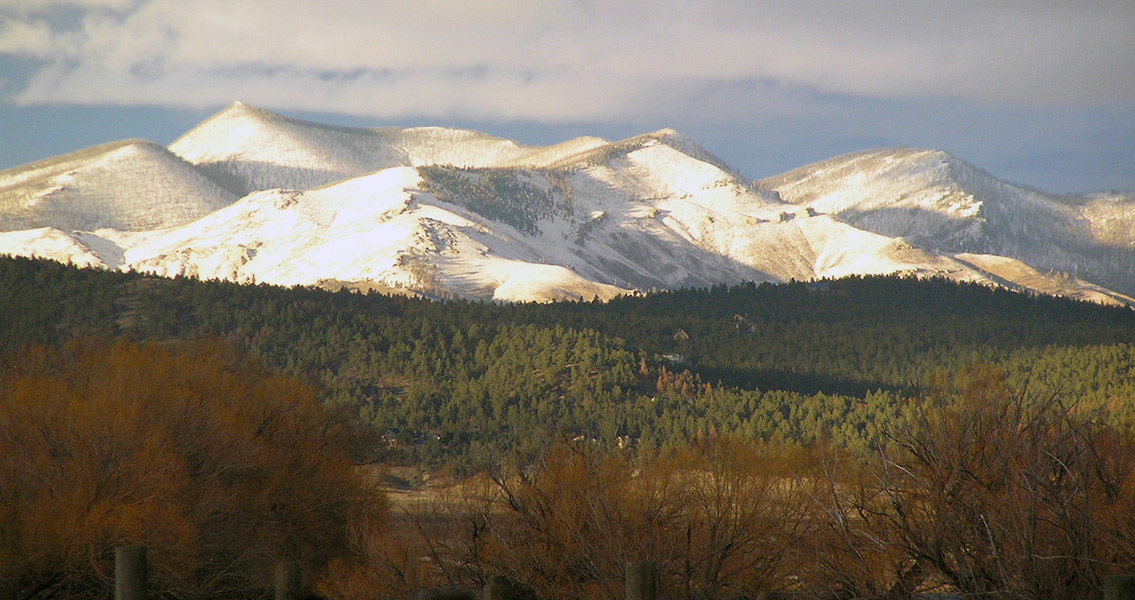<![CDATA[A team of students from Carroll College in Montana recently uncovered an archaeological find in the nearby Big Belt Mountains that could date back as far as 8,000 years in the past. This year’s Carroll dig is the seventh annual event of its kind, jointly sponsored by the college and the Helena National Forest. Every summer for the past seven years Professor Lauri Travis from the school’s anthropology department has led a 10-day expedition into the region in order to provide students hands-on excavation experience and to uncover clues about how early humans living in the area adapted to changing climate conditions at the time. Past expeditions have uncovered evidence of a dry period dating back approximately 2,000 years in the past, which would have coincided with similar periods found in both Africa and Europe. This year, artifacts discovered by the student excavation team – a collection of projectile points that could have been used as spear tips – make the suggestion that the humans living in the region had to adapt to the more arid conditions by changing their hunting patterns. Travis says that with less available water there were likely to have been fewer large game animals, forcing hunters to switch to smaller animals with a more moderate water requirement. Halstyn Stief, a senior elementary education major involved in this summer’s dig, said in an interview with the Independent Record that discovering artifacts from thousands of years in the past could keep you going after spending countless hours sifting through a seemingly endless collection of rocks and dirt. While she doesn’t plan to continue any archaeological pursuits, the experience is likely to be invaluable; Stief added that she would likely incorporate her experiences in a future class project. Meanwhile, junior Ellen Postlewait, Stief's sifting partner, plans to complete her history degree and then pursue archaeology after graduation, remarking that working a live dig site “is experience you just can’t get any other way.” All the finds the students made at this year’s dig were cataloged meticulously. At the end of every day, the amateur archaeologists were required to recount their experiences in a journal. The artifacts discovered by the students will be sent back to the college for analysis and to be subject to more exact and rigorous dating methods than the quick field estimation of their age. Students kept pieces of coal they removed from the dig to aid in carbon dating the artifacts found in each layer. Meanwhile, odds are that Stief might just change her mind when it comes to pursuing archaeology sometime in the future. Professor Travis remarked that she had experienced several instances of students attending the 10-day dig in the past that showed up on day one with no plans to continue archaeological pursuits, only to leave on day 10 with a new appreciation for the science. “People want to think about the past,” she said, adding that “it’s interesting, exciting stuff.” Image courtesy of Wikimedia Commons user: Montanabw]]>
8,000 Year Old Projectile Points Found By Students
